Home>Furniture>Outdoor Furniture>How To Build A Privacy Screen For A Patio
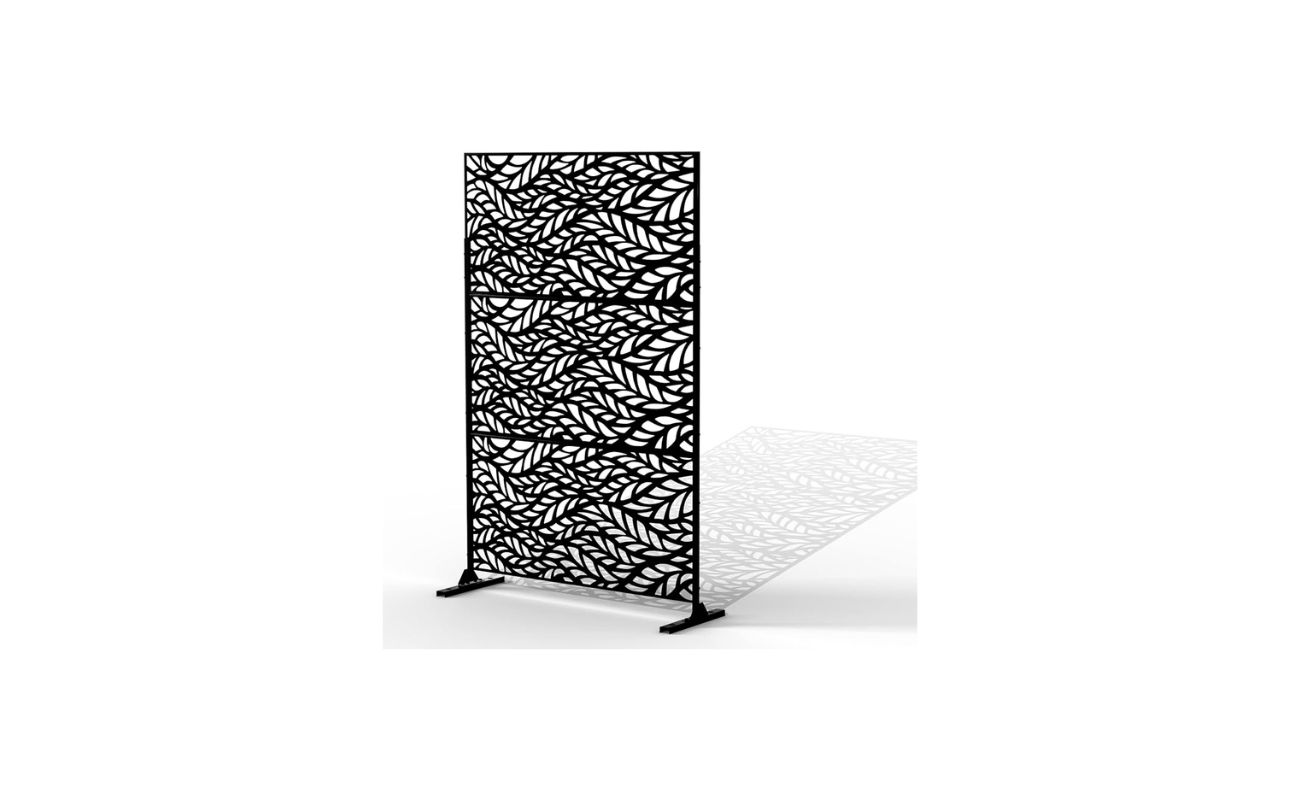

Outdoor Furniture
How To Build A Privacy Screen For A Patio
Modified: March 7, 2024
Learn how to build a privacy screen for your patio with outdoor furniture. Create a cozy and secluded outdoor space for relaxing and entertaining.
(Many of the links in this article redirect to a specific reviewed product. Your purchase of these products through affiliate links helps to generate commission for Storables.com, at no extra cost. Learn more)
Introduction
Welcome to our comprehensive guide on how to build a privacy screen for your outdoor patio. Whether you want to create a secluded space for relaxation or shield your patio from prying eyes, a well-designed privacy screen can be a game-changer for your outdoor living area.
Building your own privacy screen not only allows you to customize its design to match your patio’s aesthetic, but it also provides a rewarding and satisfying DIY project. With some careful planning and the right materials, you’ll be able to create a functional and stylish privacy screen that enhances both the privacy and beauty of your patio.
In this step-by-step guide, we will walk you through the entire process of building a privacy screen for your patio, from planning and designing to adding the finishing touches. We will cover the tools and materials you’ll need, as well as provide helpful tips and tricks along the way.
So, if you’re ready to transform your outdoor space into a private oasis, let’s dive in and get started on building your very own privacy screen.
Key Takeaways:
- Building a privacy screen for your patio is a fun and rewarding DIY project that enhances both privacy and style. Careful planning, sturdy materials, and creative design are key to creating your own outdoor oasis.
- By following the step-by-step guide, you can transform your outdoor space into a private sanctuary. From planning and designing to adding finishing touches, your custom-built privacy screen will provide tranquility and comfort for years to come.
Step 1: Planning and Designing the Privacy Screen
The first step in building a privacy screen for your patio is to carefully plan and design the layout and structure. This step is crucial as it will determine the overall functionality and aesthetics of your privacy screen.
Start by assessing your patio’s dimensions and the desired area you want to enclose with the privacy screen. Consider factors such as the amount of sunlight or shade you want, the level of privacy required, and any specific architectural features or existing structures in your patio that may impact the design.
Next, think about the style and materials you want to use for your privacy screen. There are various options to choose from, including wood, metal, or even a combination of materials. Each choice will provide a different look and feel, so consider the overall vibe and theme of your outdoor space.
Consider the height and width of the privacy screen. It should be tall enough to provide adequate privacy but not overly obstructive. Take into account any local building codes or neighborhood regulations that may dictate the maximum height of structures in your area.
Sketch out your design on paper or use a design software to visualize the final outcome. Play around with different shapes, patterns, and configurations to find the one that best suits your patio. Pay attention to details such as the spacing between panels, the direction of the slats or louvers, and any additional decorative elements you want to incorporate.
Once you have a clear plan and design in mind, it’s time to move on to the next step: gathering the materials and tools you’ll need to bring your privacy screen to life.
Step 2: Gathering the Materials and Tools
Now that you have a well-thought-out design for your privacy screen, it’s time to gather all the materials and tools you’ll need to bring your vision to reality.
Here’s a list of the materials you’ll typically need for building a privacy screen:
- Wood or metal panels: These will form the main structure of your privacy screen. Choose a material that suits your design and provides the desired level of privacy.
- Posts: These will be used to support the privacy screen. Opt for sturdy and durable posts that can withstand outdoor elements.
- Screws or nails: These will be used to secure the panels and posts together. Make sure to choose the appropriate size and type for the material you’re working with.
- Concrete or gravel: This will be used to anchor the posts in the ground for stability and support.
- Paint or stain: If you want to add color or protect the wood from weathering, choose a high-quality exterior paint or stain that is suitable for outdoor use.
- Tools: The tools you’ll need may vary depending on the specific design and materials you choose. However, some common tools include a saw, drill, level, measuring tape, hammer, and screwdriver.
Before you start purchasing materials, take accurate measurements of your patio and the space where the privacy screen will be installed. This will help you determine the quantities of materials you’ll need, reducing the chances of buying too much or too little.
Additionally, check with your local home improvement store or lumberyard to ensure that they have the materials in stock. If certain materials are not readily available, consider alternative options that still meet your requirements.
Once you have all the necessary materials and tools, you’re ready to move on to the next step: preparing the area where the privacy screen will be installed.
Step 3: Preparing the Area
Before you begin building your privacy screen, it’s important to properly prepare the area where it will be installed. This step will ensure a stable and secure foundation for your privacy screen.
Start by marking the perimeter of the privacy screen area on the ground using stakes and string. This will give you a clear visual reference for where the posts will be positioned.
If your patio has a solid surface, such as concrete or pavers, you’ll need to use a post anchor or bracket to secure the posts in place. Mark the locations for the anchor brackets on the concrete and use a drill with a masonry bit to create holes for the anchor bolts.
If your patio has a grass or soil surface, you’ll need to dig holes for the posts. Use a post hole digger or a shovel to dig holes that are deep and wide enough to accommodate the posts. Make sure to space the holes according to your design and keep them level by using a level tool.
Once the holes or anchor brackets are in place, insert the posts and ensure they are straight and level. Use a spirit level to check for accuracy and make any adjustments as needed. Secure the posts in the ground or onto the anchor brackets by pouring concrete into the holes or tightening the bolts.
Allow the concrete to dry and set according to the package instructions before proceeding to the next step.
With the posts securely in place, you’re now prepared to move on to the next step: building the frame of your privacy screen.
Step 4: Building the Frame
Now that you have prepared the area and secured the posts, it’s time to start building the frame of your privacy screen. The frame will provide support and structure for the panels that will be added in the next step.
Begin by measuring the distance between the posts to determine the length of the horizontal frame pieces. Use a saw to cut the frame pieces to the appropriate length, making sure to double-check your measurements for accuracy.
Next, measure the desired height of the privacy screen panels. Cut vertical frame pieces to this height, ensuring that they are in proportion with the overall dimensions of the privacy screen.
Once you have all the frame pieces cut, lay out the horizontal and vertical pieces on a flat surface to create the frame shape. Use a level to ensure that the frame is level and square. Make any necessary adjustments before proceeding.
Now it’s time to assemble the frame. Implement a strong joinery method, such as pre-drilling holes and using screws or using appropriate framing connectors, to secure the frame pieces together. Attach the horizontal pieces to the vertical pieces, creating a sturdy and rigid frame structure.
Make sure to periodically check the frame for squareness and adjust if necessary. A properly squared frame will ensure that the panels fit correctly and that the privacy screen remains stable.
Once the frame is complete and securely joined, lift it into position between the posts. Use clamps or assistant tools to hold the frame in place while ensuring it remains level and centered.
Finally, attach the frame to the posts using appropriate screws or brackets, ensuring a firm and secure connection. Double-check the alignment and stability of the frame before moving on to the next step.
With the frame completed, you’re ready to move on to the next step: adding the privacy panels to your screen.
Consider using outdoor fabric or bamboo fencing to create a privacy screen for your patio. These materials are durable, weather-resistant, and provide the privacy you need.
Read more: How To Build A Screened-In Patio
Step 5: Adding the Privacy Panels
Now that the frame is securely in place, it’s time to add the privacy panels to your screen. These panels will provide the desired level of privacy and help complete the overall look of your privacy screen.
Measure the dimensions of the areas between the vertical frame pieces to determine the size of the privacy panels you need. Whether you’re using wooden slats, lattice, or any other material, cut the panels to fit within the frame.
Align the first panel with the bottom of the frame, ensuring it is level and centered. Attach it to the frame using screws or nails, making sure to space them evenly along the panel’s perimeter. Repeat the process for each panel, ensuring that they are uniformly spaced and aligned.
If using wooden slats, make sure to leave a small gap between each slat for air circulation. This will prevent the panels from blocking too much airflow and avoid potential moisture buildup.
For a more decorative touch, consider alternating the direction of the slats or lattice panels or creating a pattern with different panel materials. This can add visual interest and flair to your privacy screen.
Continue adding panels until the entire frame is covered. Step back and assess the overall look and functionality of your privacy screen. Make any necessary adjustments or additional panel placements to achieve the desired level of privacy and aesthetic appeal.
Once all the privacy panels are securely attached, it’s time to move on to the next step: securing the privacy screen to ensure its stability.
Note: If using pre-made privacy screens or panels, follow the manufacturer’s instructions for installation.
Step 6: Securing the Privacy Screen
With the privacy panels in place, it’s important to ensure that your privacy screen is securely fastened and stable. This step will help prevent any potential shifting or damage to your screen, especially during strong winds or other weather conditions.
Start by checking the attachment points between the frame and the posts. Use appropriate screws, brackets, or other fasteners to firmly secure the frame to the posts. Make sure to tighten them well, but be careful not to over-tighten and risk damaging the structure.
If you’re working with a freestanding privacy screen, consider adding additional support to prevent tipping or swaying. This can be done by adding diagonal bracing from the top corners of the frame to the ground or attaching the screen to nearby structures like fences or walls for added stability.
Inspect the entire privacy screen for any loose or wobbly parts. Tighten any connections or fasteners that may have come loose during the installation process. This step is crucial to ensure the long-lasting durability and functionality of your privacy screen.
For added security, consider reinforcing the connections between the frame and the privacy panels. This can be done by adding screws or nails from the back of the frame into the panels. This will provide extra support and prevent the panels from loosening or coming off.
If your privacy screen is located in an area prone to strong winds or harsh weather conditions, you may want to consider anchoring the bottom of the screen to the ground. This can be done by using stakes or anchors attached to the frame or by burying a portion of the posts in concrete for added stability.
Once you have taken the necessary steps to secure your privacy screen, you can move on to the final step: adding finishing touches to complete the look of your privacy screen and enhance its functionality.
Step 7: Adding Finishing Touches
Congratulations, you’re in the final step of creating your own privacy screen for your patio! Adding some finishing touches will not only enhance the overall appearance but also maximize the functionality and enjoyment of your outdoor space.
One way to add a personal touch and improve the visual appeal of your privacy screen is by painting or staining it. Choose a color that complements your patio’s theme and exterior décor. Make sure to use a high-quality exterior paint or stain that is resistant to weathering and UV rays.
If you prefer a more natural look, you can apply a clear outdoor sealant to protect the wood from moisture and prolong its lifespan. This will also accentuate the natural beauty of the wood and maintain its color over time.
Consider incorporating additional decorative elements to make your privacy screen stand out. You can hang outdoor curtains or install outdoor-friendly blinds between the privacy panels to add a touch of elegance and create a sense of intimacy.
Another option is to use climbing plants or vines to add a lush and green element to your privacy screen. Install trellises along the frame and choose fast-growing plants that provide both privacy and beauty. Just make sure to select plants that are suitable for your climate and will not damage the screen or nearby structures.
For a more functional touch, consider adding hooks or shelves to the frame of your privacy screen. This will allow you to hang outdoor accessories like lanterns, potted plants, or even a small shelf for a refreshing beverage or book.
Lastly, don’t forget about lighting. Adding outdoor string lights or LED strips to your privacy screen can create a cozy and inviting ambiance during evening gatherings or for enjoying your patio at night.
With the finishing touches applied, take a step back and admire your hard work. Your custom-built privacy screen is now complete, adding both privacy and style to your outdoor patio.
Remember to regularly inspect and maintain your privacy screen to ensure its longevity. Replace any damaged or worn-out panels, tighten any loose screws, and apply additional protective coats of paint or sealant as needed.
Enjoy the newfound privacy and beauty of your outdoor space! Sit back, relax, and relish in the tranquility and comfort created by your own DIY privacy screen.
Conclusion
Building a privacy screen for your outdoor patio is a rewarding and satisfying DIY project that can significantly enhance your outdoor living experience. By following the steps outlined in this guide, you have learned how to plan, design, and construct a privacy screen that provides both functionality and aesthetics.
Throughout the process, you have gained insight into the importance of careful planning and measuring, as well as selecting the right materials and tools for the job. By taking these considerations into account, you have created a privacy screen that not only offers privacy but also complements the overall design of your patio.
Remember that the key to a successful privacy screen is striking the right balance between functionality and style. Consider the level of privacy you desire, the amount of sunlight you want to filter, as well as any decorative elements or natural enhancements you may want to incorporate.
With the right materials and proper installation, your privacy screen will weather the elements and last for years to come. Regular maintenance, such as inspecting for any damages and making necessary repairs, will ensure its longevity and continued enjoyment.
So, go ahead and transform your outdoor patio into a private oasis. Whether it’s enjoying a quiet sunset, hosting a gathering of friends, or simply having a peaceful moment in your own little sanctuary, your privacy screen will provide the privacy and comfort you desire.
Now it’s time to put your newly acquired knowledge and skills into action. Get creative, have fun, and enjoy the process of building your own privacy screen for your patio!
Frequently Asked Questions about How To Build A Privacy Screen For A Patio
Was this page helpful?
At Storables.com, we guarantee accurate and reliable information. Our content, validated by Expert Board Contributors, is crafted following stringent Editorial Policies. We're committed to providing you with well-researched, expert-backed insights for all your informational needs.
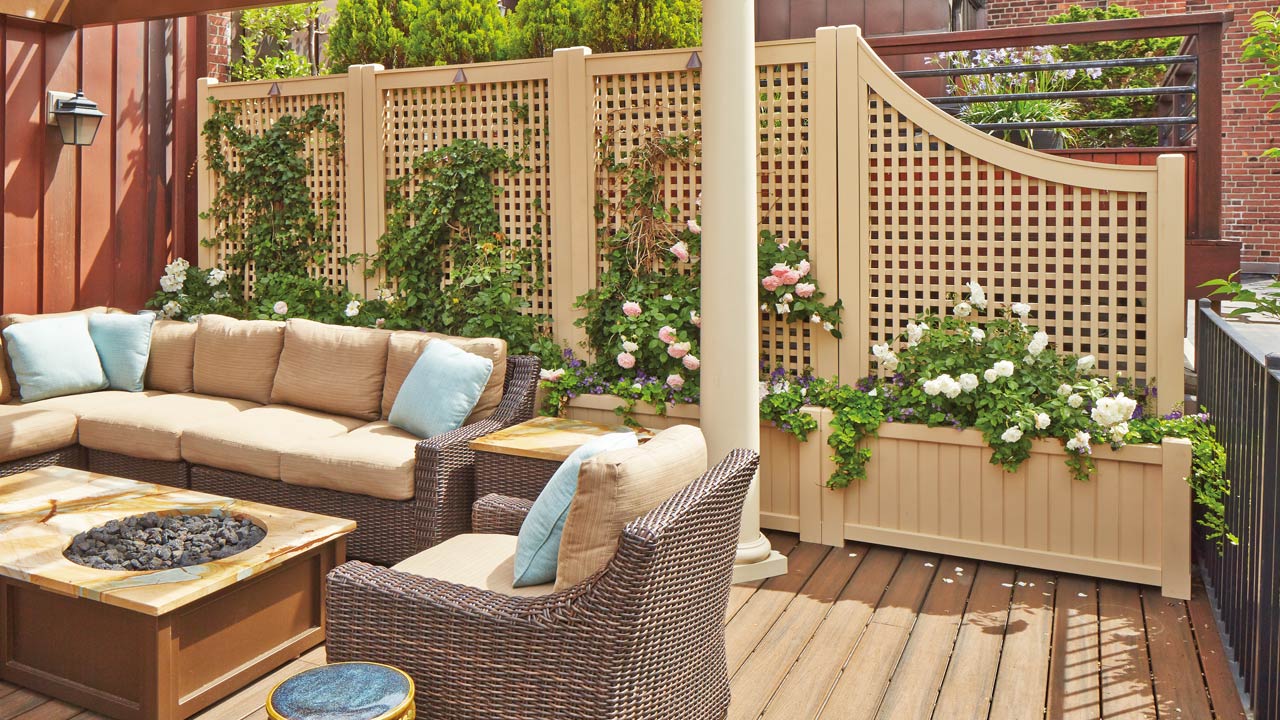
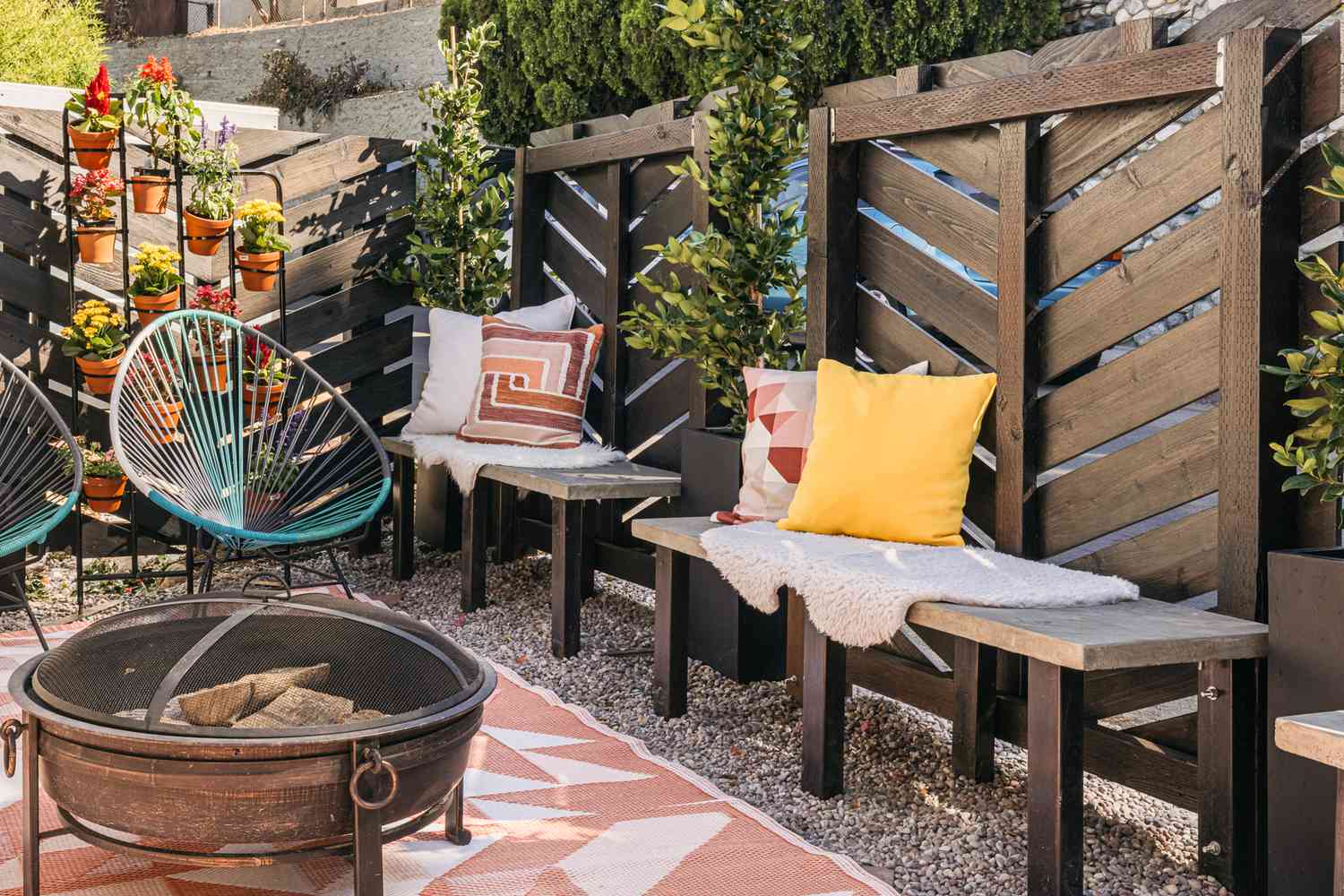
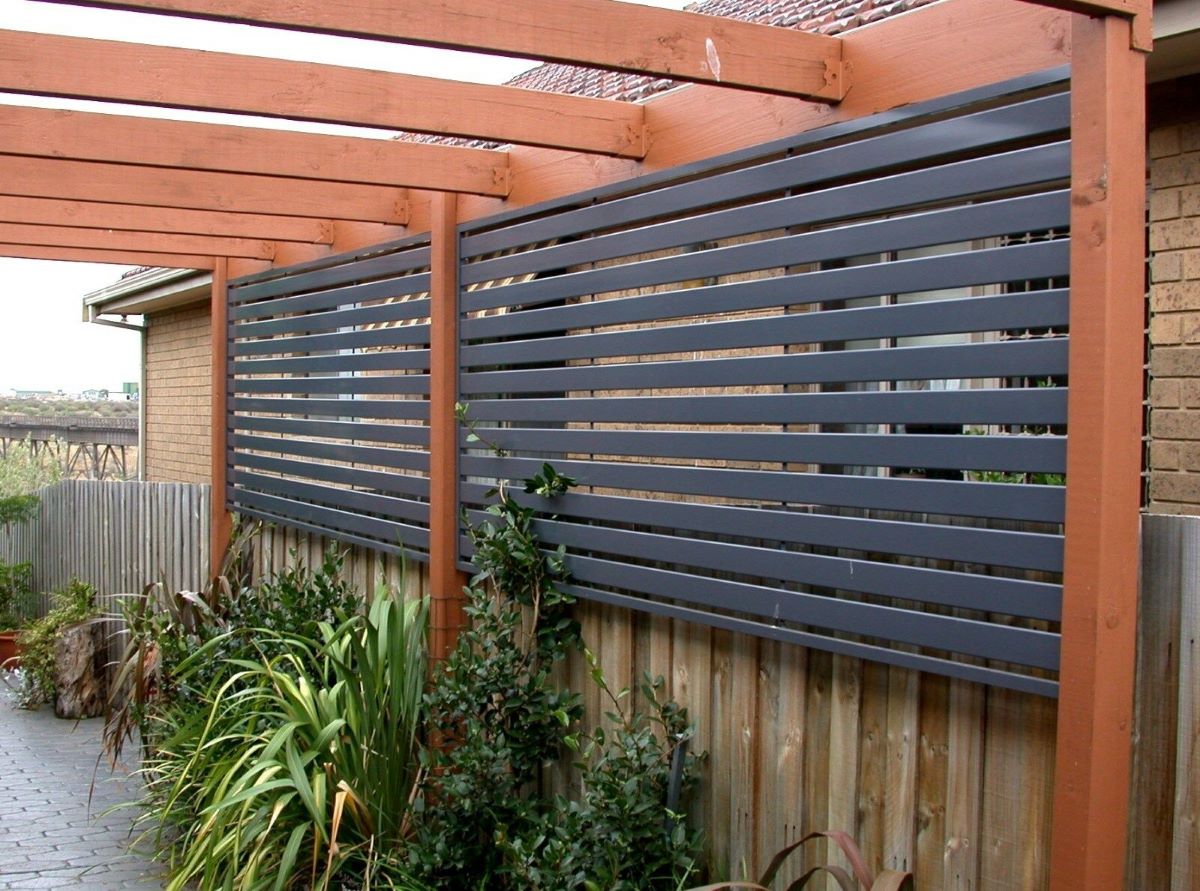
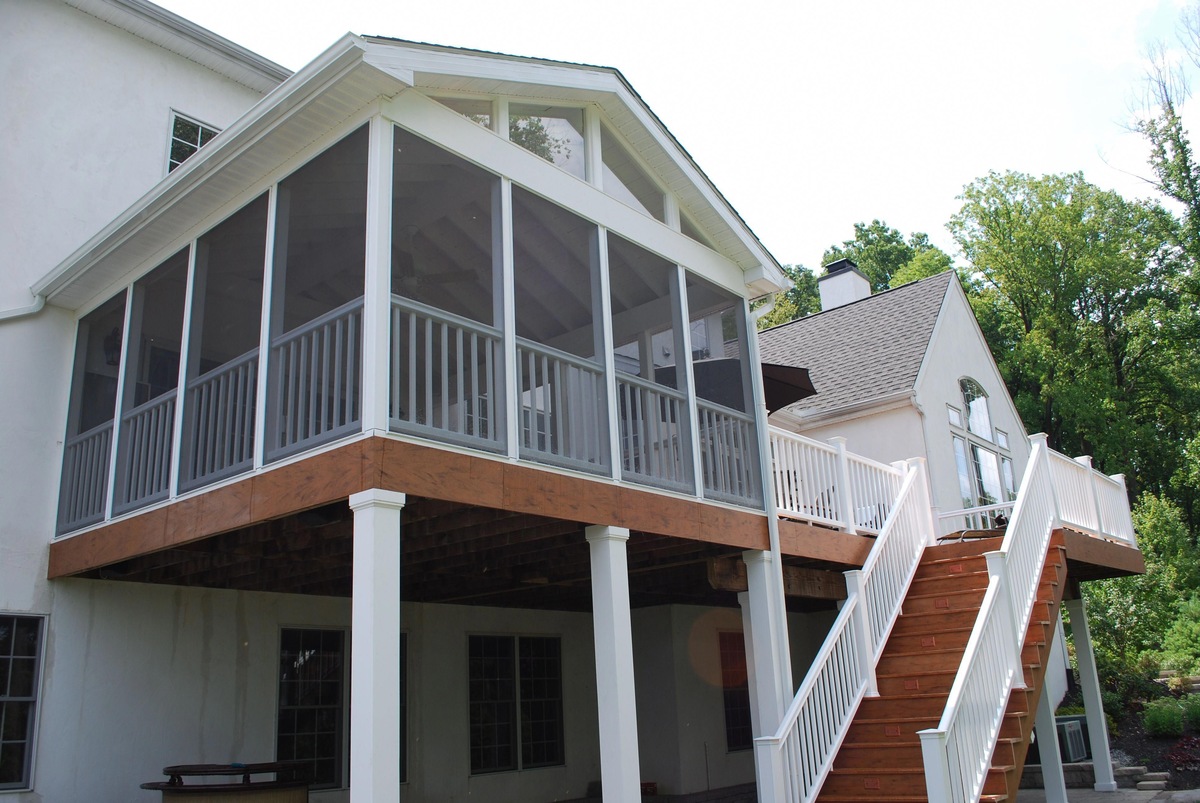
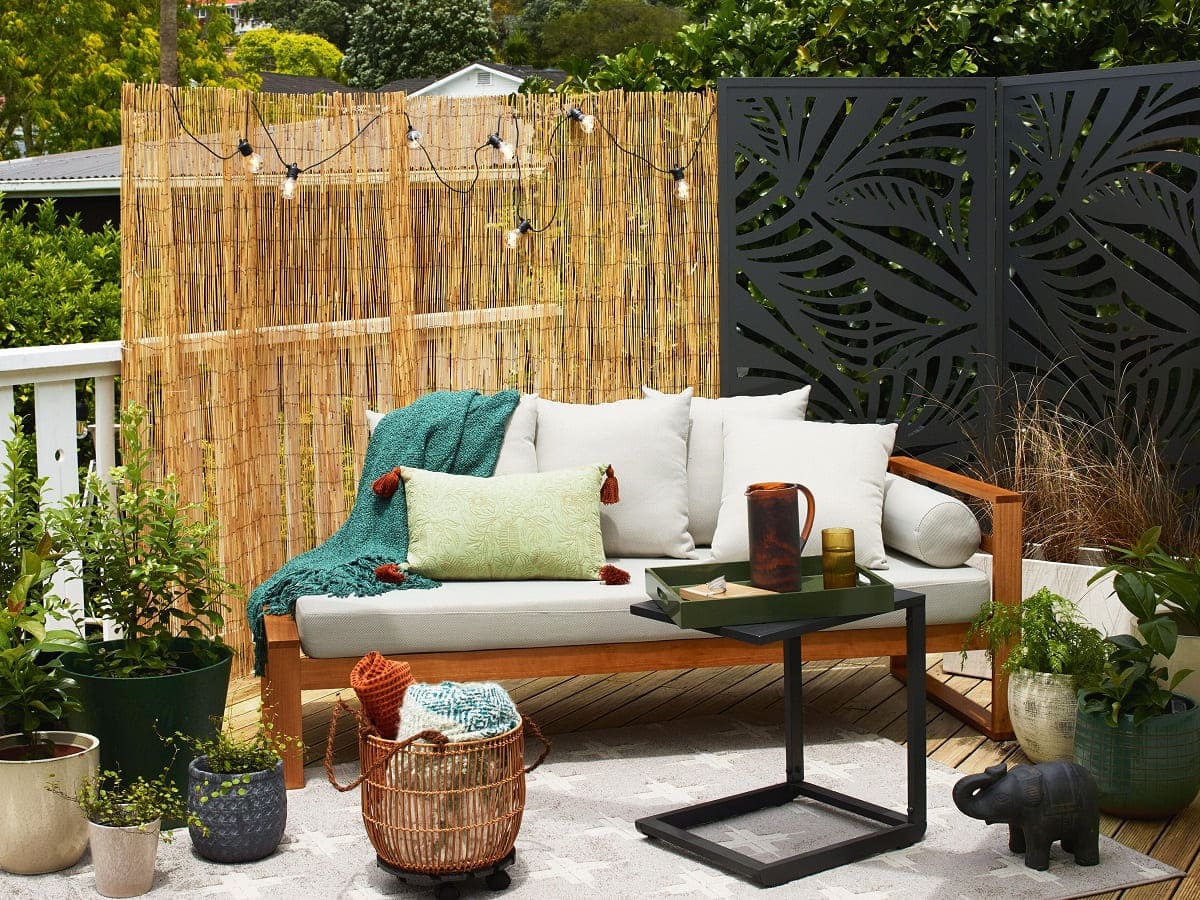
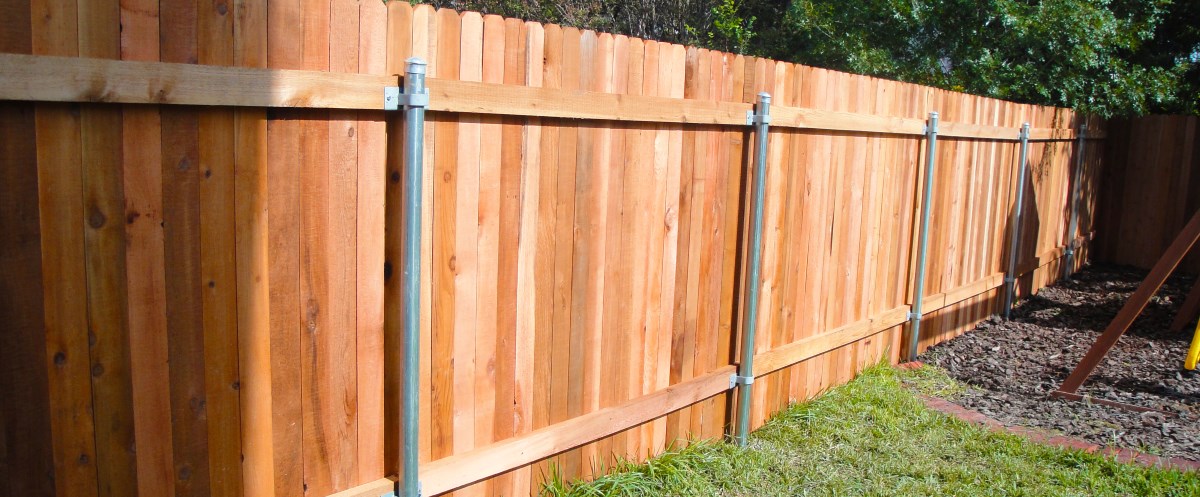
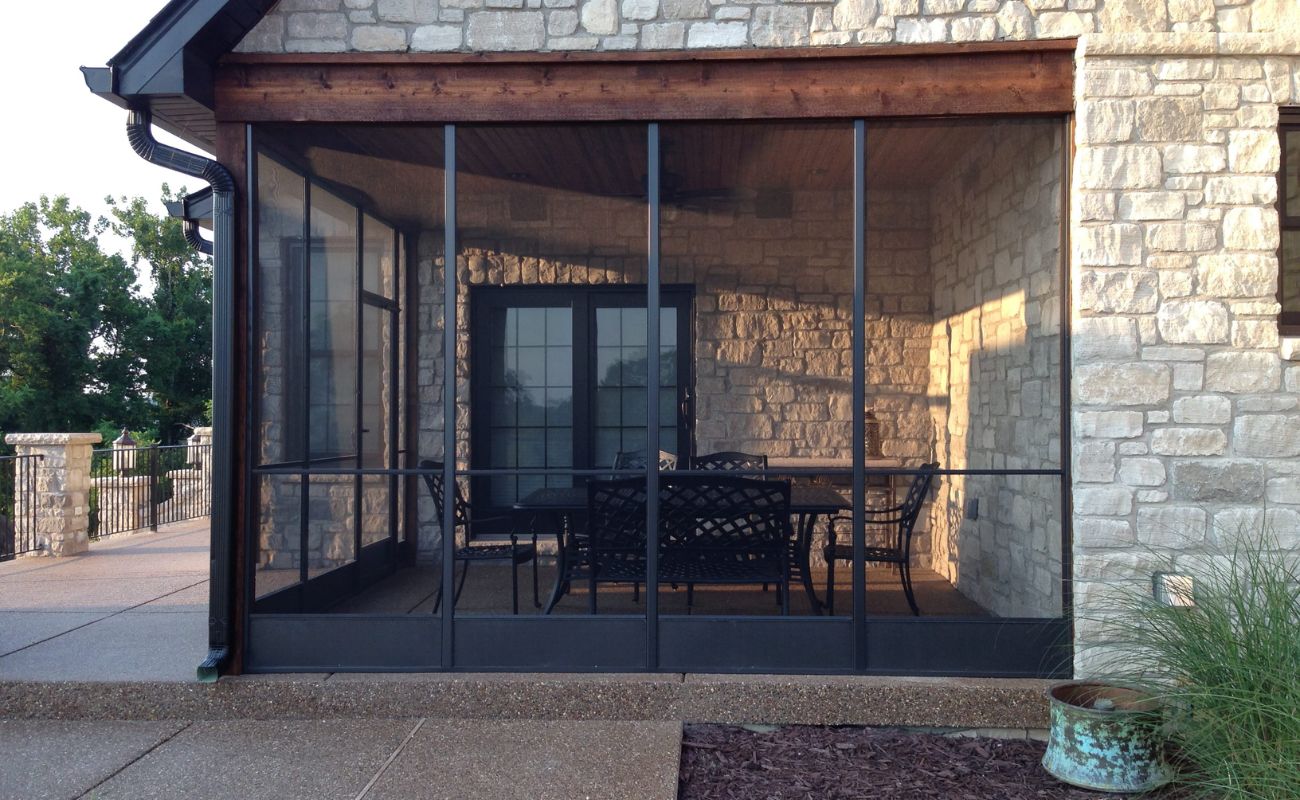
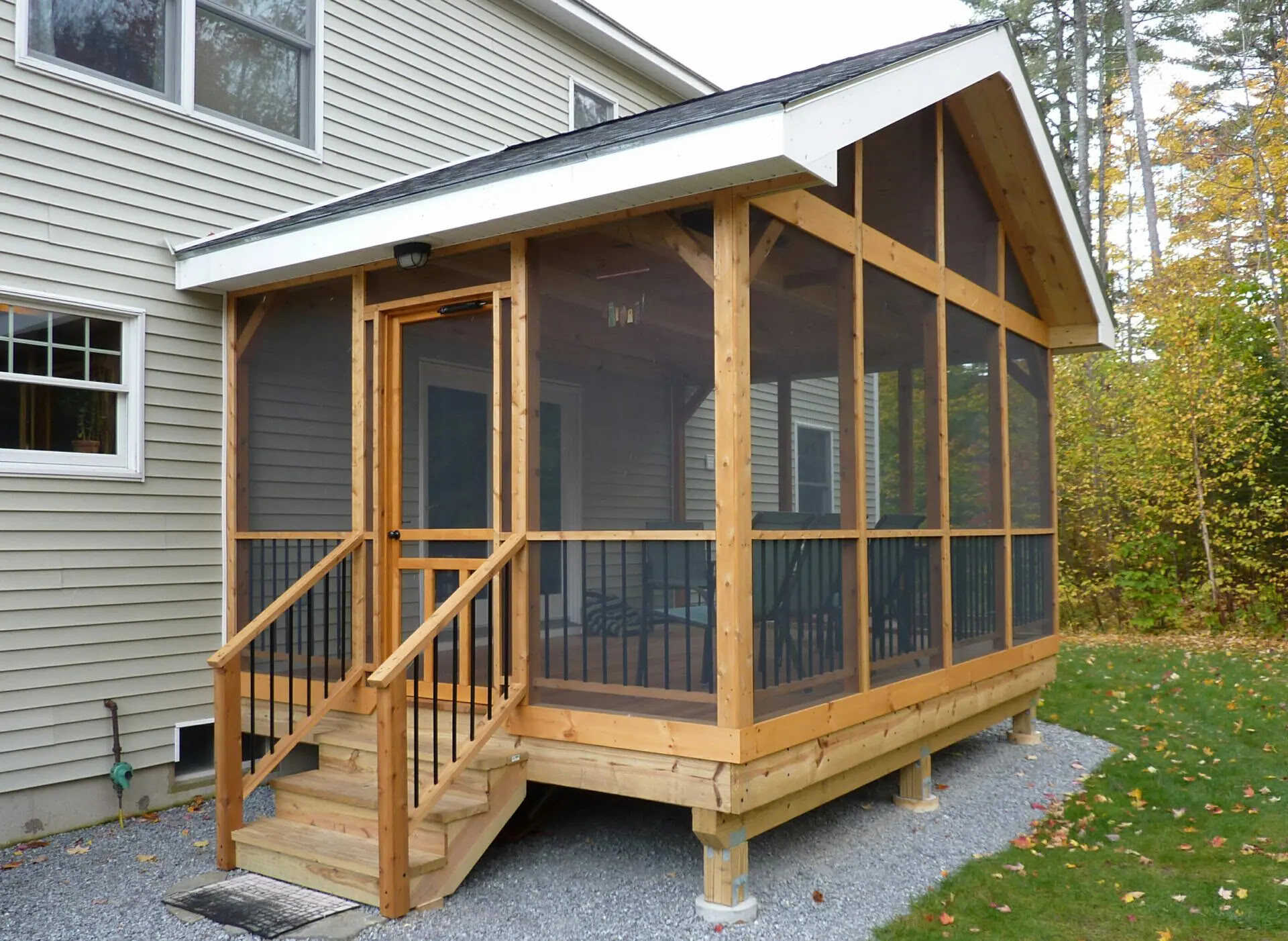
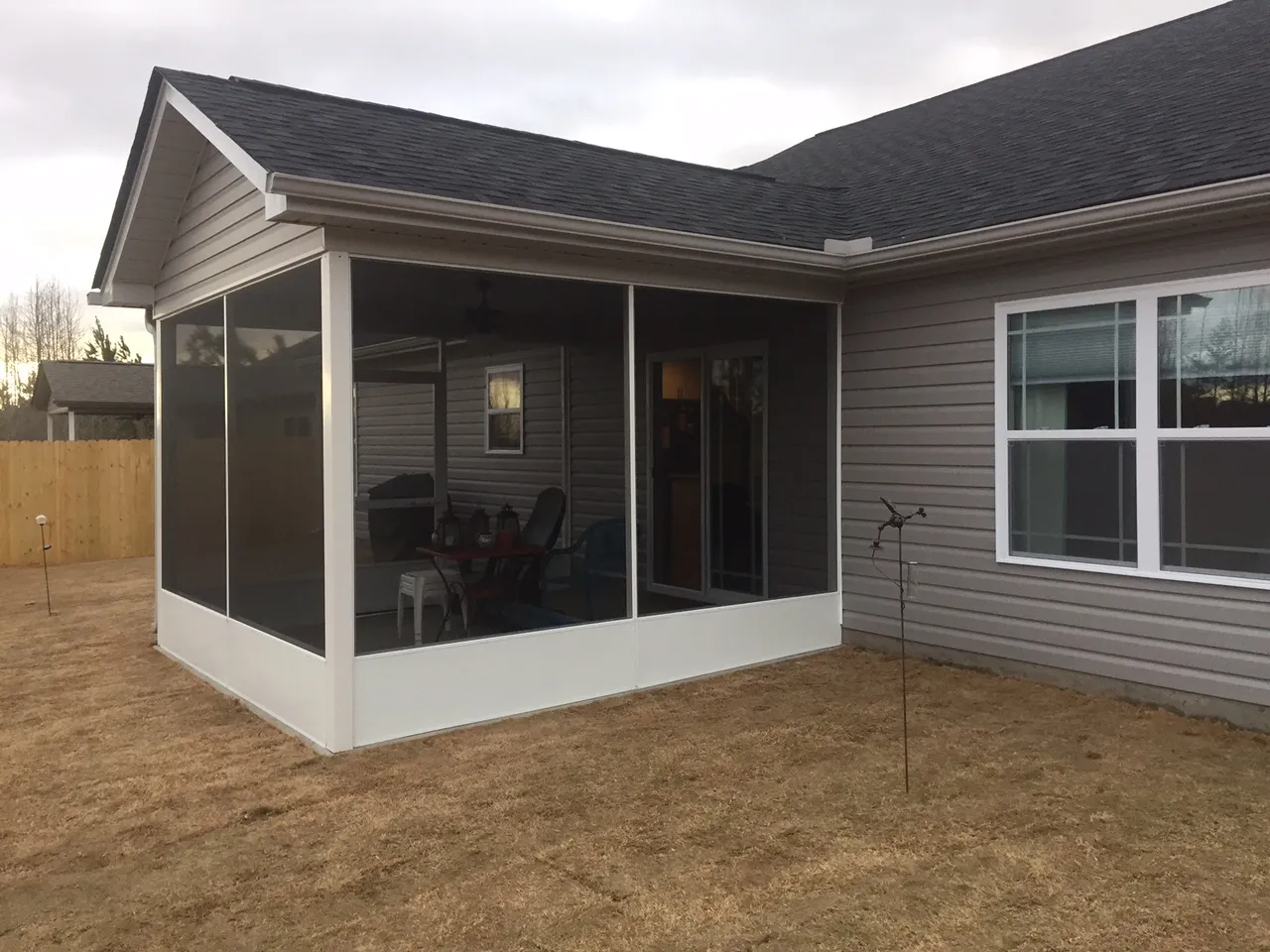
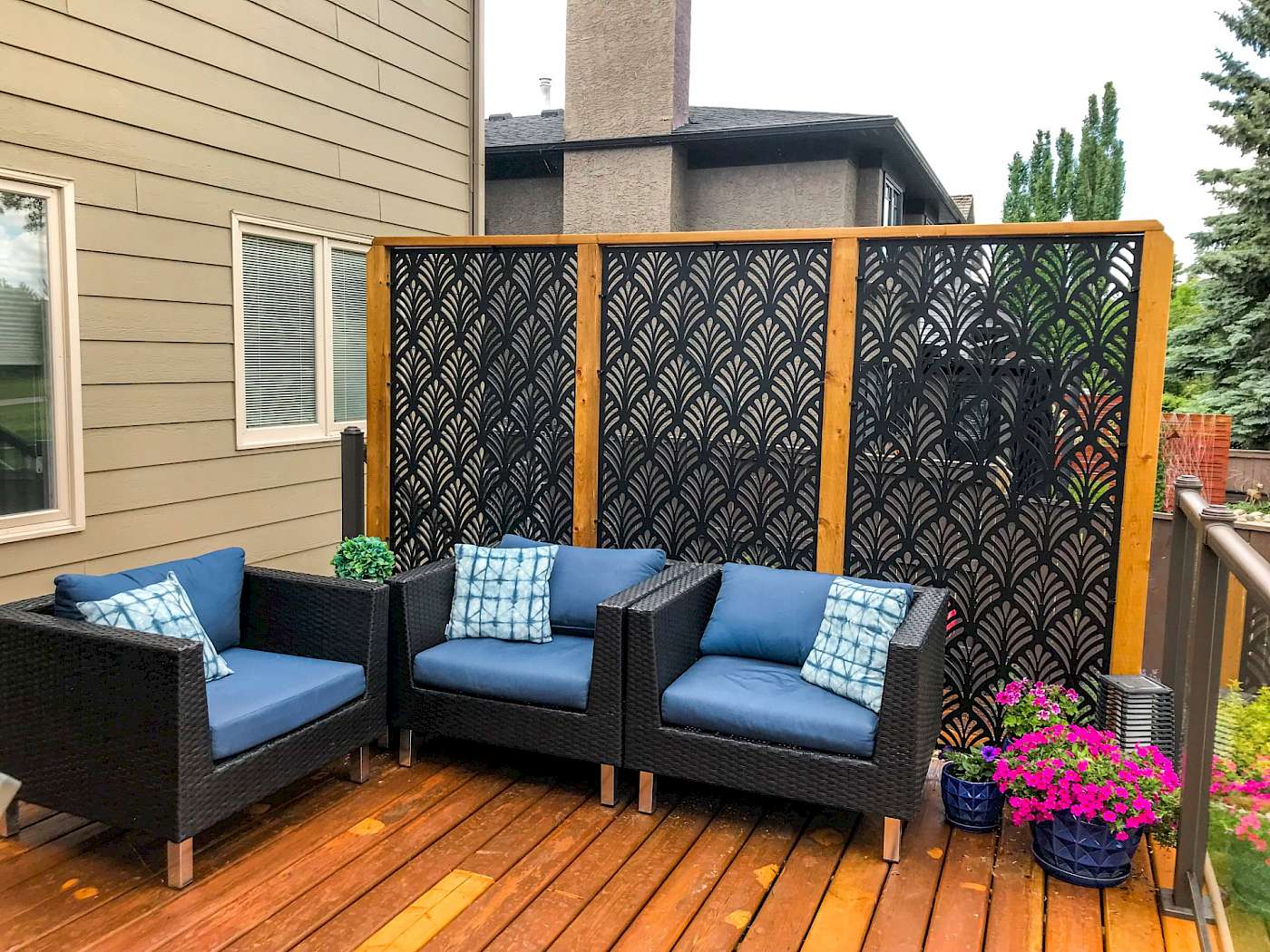
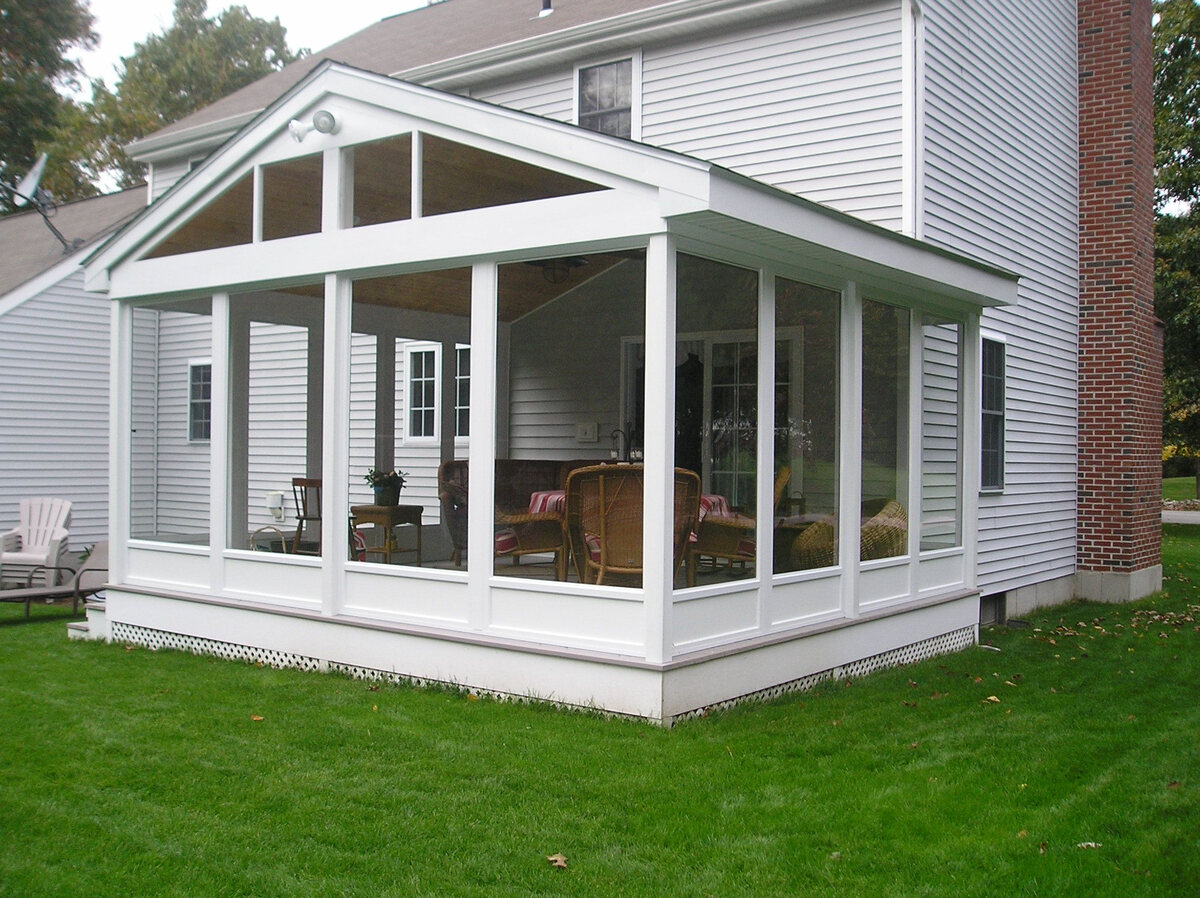
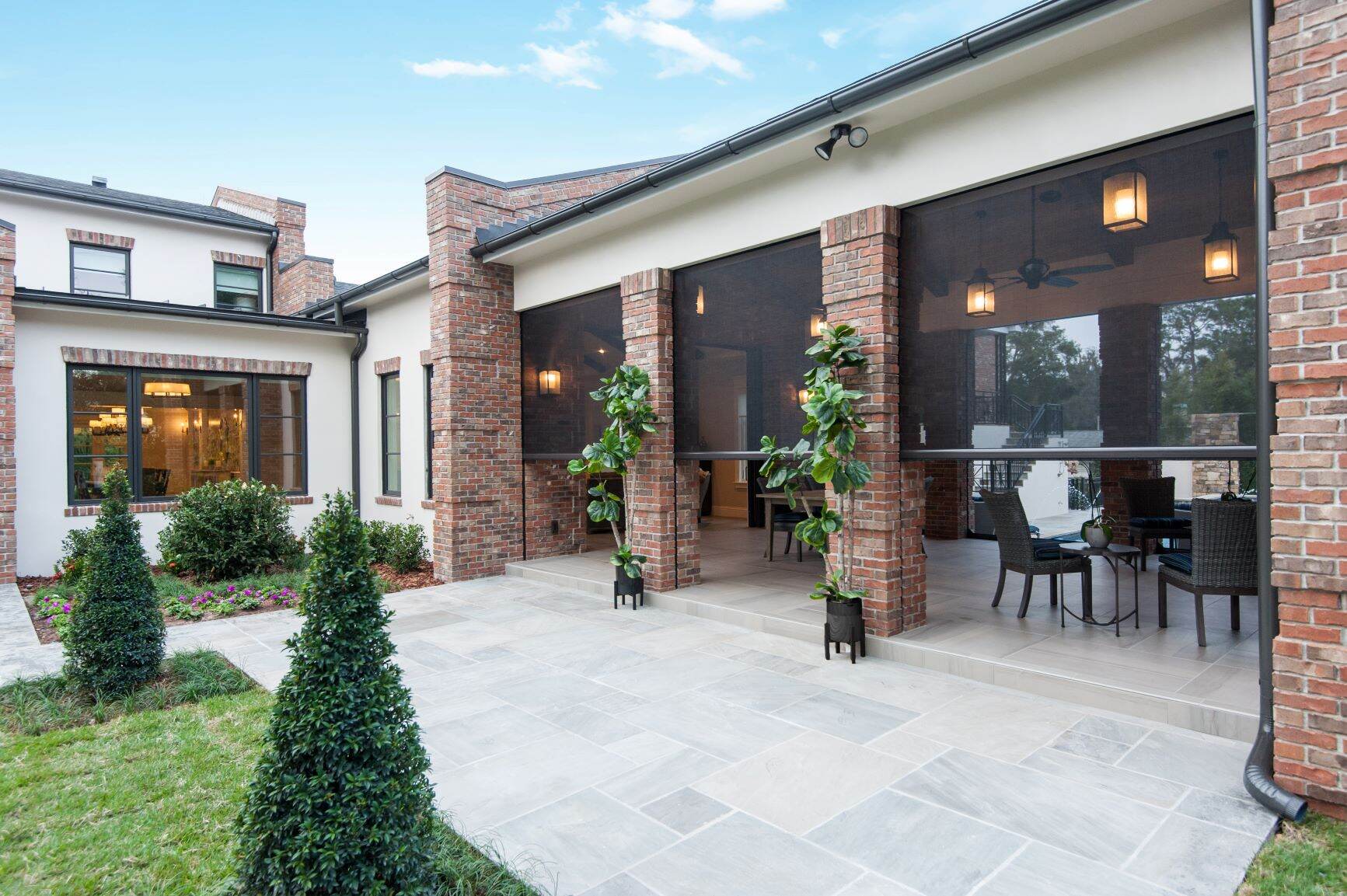
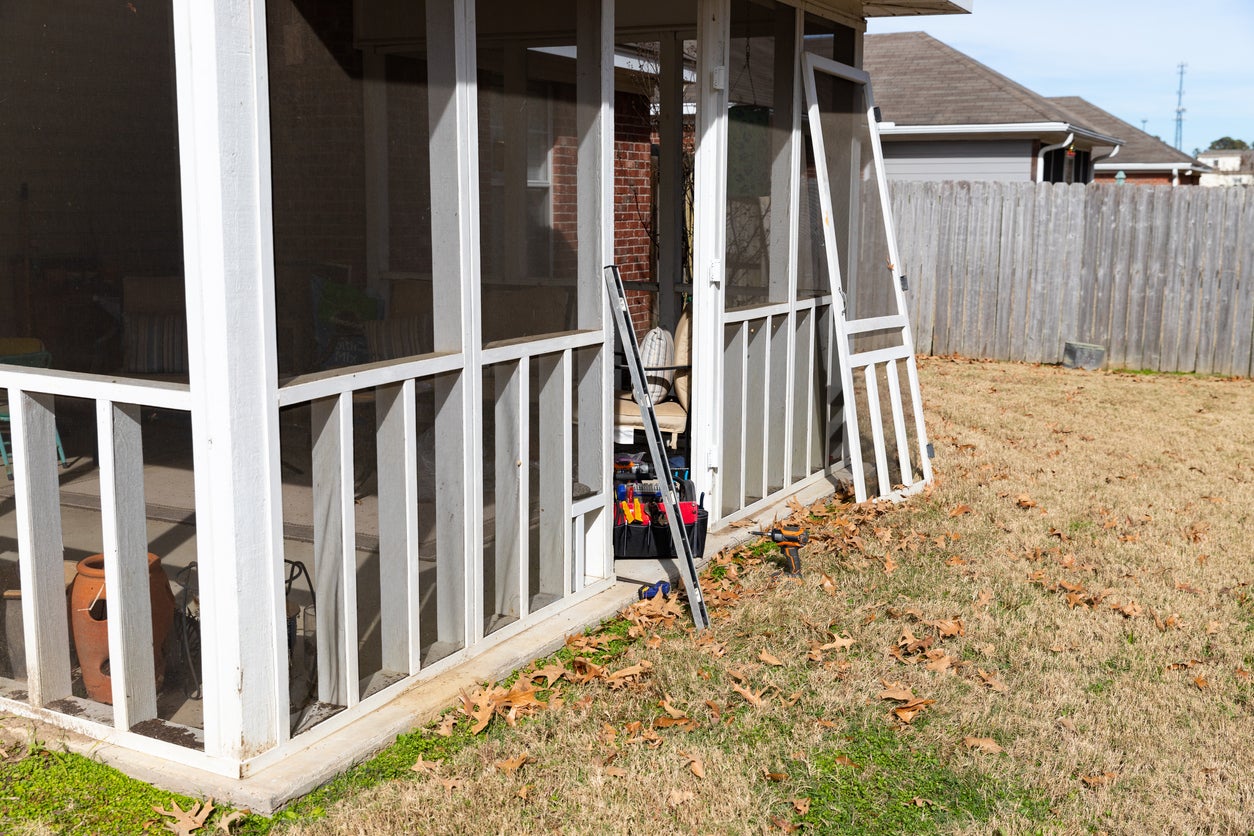
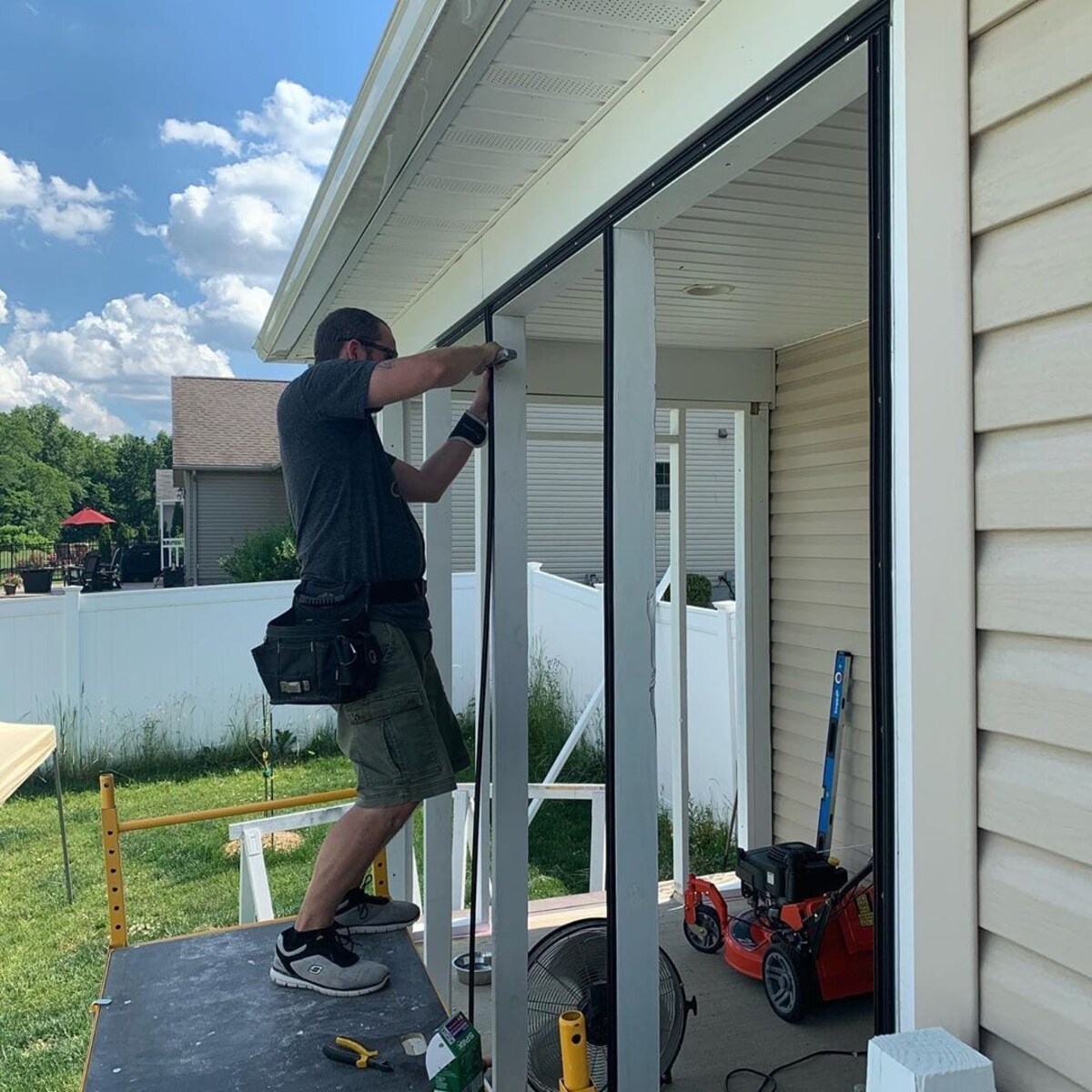

0 thoughts on “How To Build A Privacy Screen For A Patio”